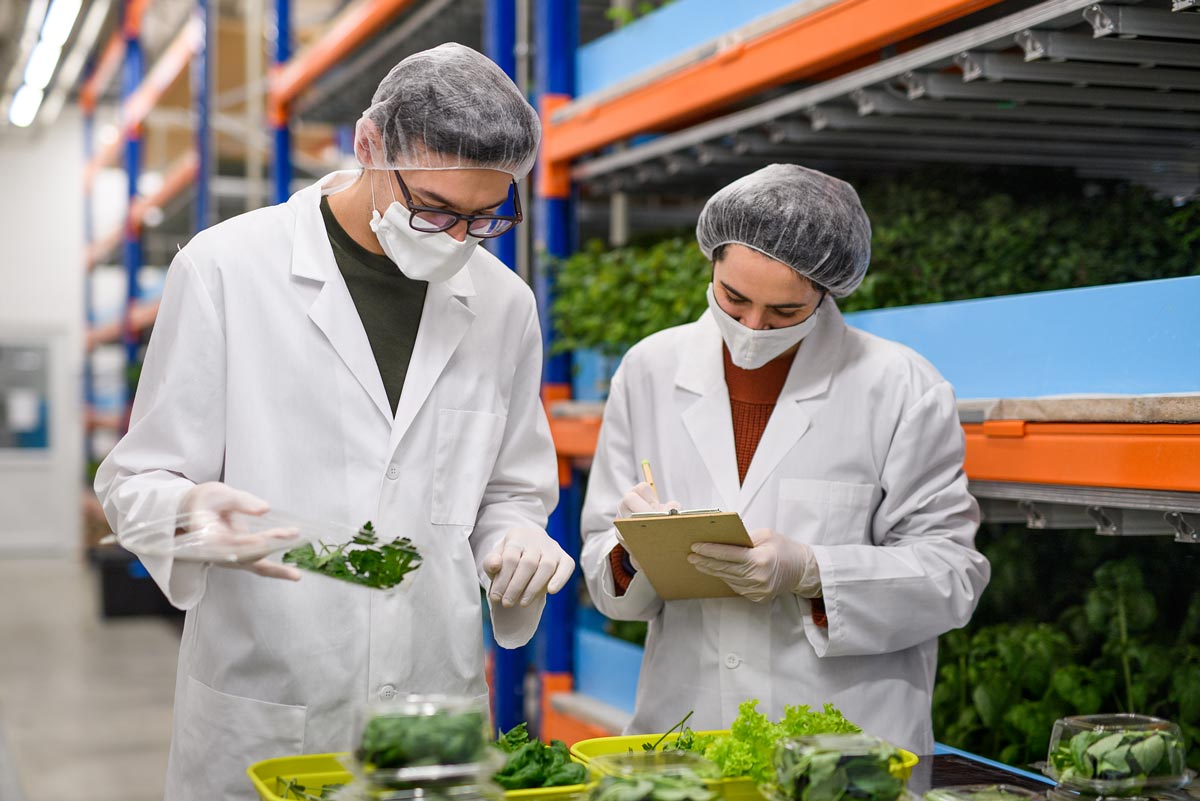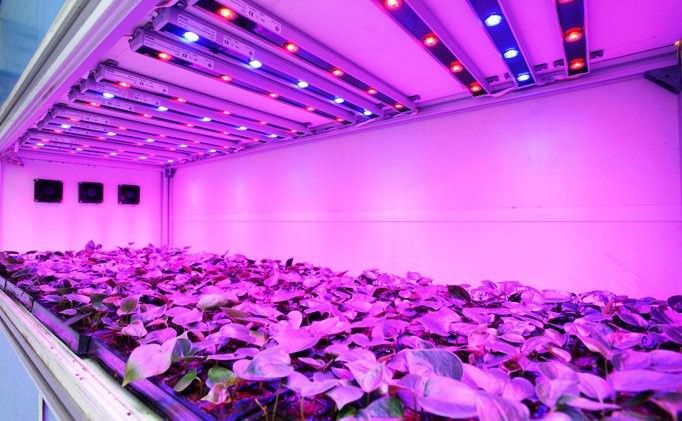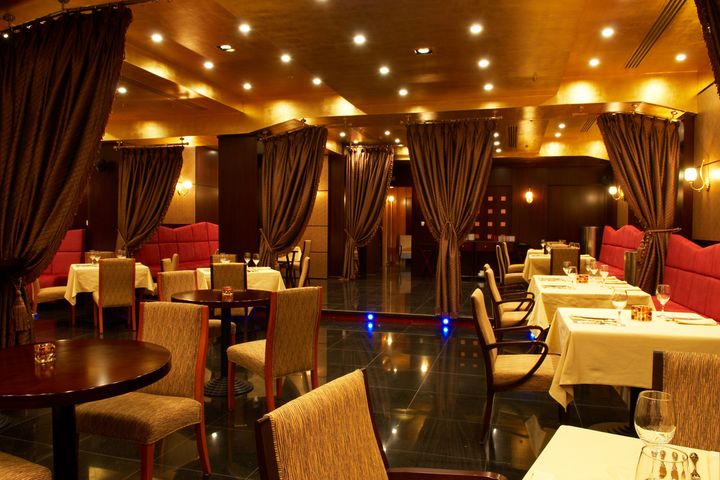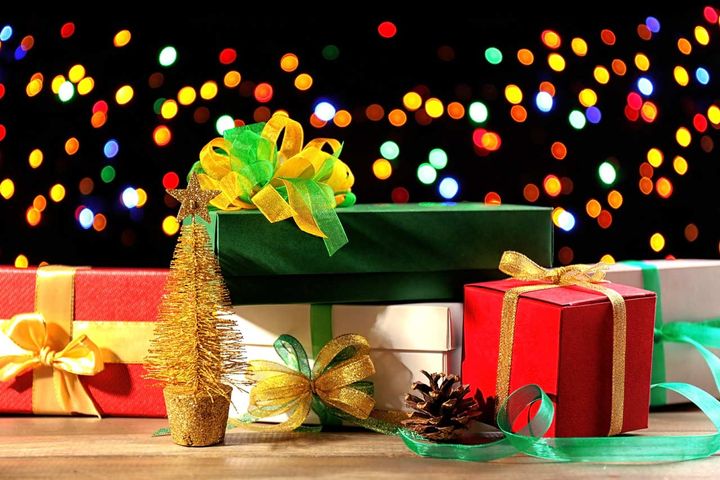LED Grow Lights:

What you need to know

Grow lights are essential for maintaining your plants, so they can reach their full potential. For a better breakdown, grow lights are an electric light that provides a light spectrum similar to the sun. They also provide a spectrum better tailored to fit different plant type needs. Furthermore, it will be beneficial for a growing plant, that you understand how to select the right grow light as well as use and maintain the grow lights.
Types of Grow Lights
Selecting the right grow light starts with technology. There are four main types of grow lights: Incandescent, Fluorescent, High Intensity Discharge (HID), and LED. Incandescent, Fluorescent, and HID grow lights have been traditionally been used for plant growth but have some downsides. Incandescent grow lights have a low purchasing cost but produce a lot of heat and are not very energy efficient. Fluorescent grow lights have been one of the most popular for home growing because they produce less heat and are more energy efficient. HID grow lights are extremely efficient and produce a lot of light to promote growth at various stages of the grow cycle however, requires switching bulbs during the grow cycle to get the right spectrums of light. HID systems tend to be expensive to purchase and require a lot of energy consumption.
LED Grow lights are emerging as the favorite due to their ability to dial in the right light spectrum for plants including UV and IR light to promote plant growth. The low heat output of LEDs means you can place them close to plants to maximize efficacy. The small size of LED chips allows a multitude of light designs to fit a variety of grow setups and configurations. LEDs are also very energy efficient and require much less wattage to operate at comparable efficacies than any of the traditional grow light fixtures. The best part is there are no bulbs to change with LED!
Light Wavelengths
The thing that makes a light a grow light is the wavelengths of the light a fixture produces. For photosynthesis, plants use light in the Photosynthetic Active Radiation (PAR) region of wavelengths that is 400nm-700nm. Peak photosynthetic efficiency is in the red (600-700nm) and blue (400-500nm) light spectrums of the PAR range. Red light has been found to be good at promoting photosynthesis in the flowering stage and blue light has been found to promote plant growth in the vegetative stages. UV and IR light has also been found to benefit plant growth and certain lights include these non-visible wavelengths in their grow lights.
Grow Light Maintenance
There are a few basic principles you can follow to preserve your lights. For traditional HID or Fluorescent grow lights, the ballasts (A device to regulate voltage and current supplied to the light during start and throughout operation) will only require some minor cleaning, and you might have to open the ballast once a year to blow out the dust. It is also important you watch out for bulb light degradation. All traditional incandescent, fluorescent, and HID grow bulbs will start to lose efficiency and power over time. A degraded bulb doesn’t produce the necessary amount of light to create the best crop effects. As a result, you’ll need to swap out bulbs at least once a season to prevent degradation.
However, different types of bulbs provide different service life, depending on the type, wattage, manufacturer, and use in the garden. LEDs degrade the slowest. For example, an incandescent bulb using filament, lasts for around 6 to 9-months, depending on your frequency of use. In contrast, a LED will last you between 15 and 20-years.
Most manufacturers will rate LED systems at 50,000 to 100,000-hours of operation before the diodes require replacement.
Regardless of type, grow lights tend to gather dust and grime on the lens or bulb which reduces their effectiveness. It is a good idea to keep them clean to maintain the highest efficacy ensuring to wipe them down at least before every grow cycle.
When Do I Replace My Bulbs?
We recommend replacing your bulbs sooner than later. Replace MH and HPS bulbs after they reach 50% degradation – we recommend after each harvest season, or every 8 to 10-months. The gas inside fluorescent tubes also diminishes over time and is recommended to replace every 6 months to a year at most.
How to buy the right Grow Light
When considering a Grow Light, it is important to understand that quantity, quality, and the duration of light regulate the plants growth. A Grow Light is not like a regular bulb its purpose is to provide a light source that plant life can successfully grow under whereas a regular light is just being used to light a room. Photosynthetic Photon Flux (PPF) and Photosynthetic Photon Flux Density (PPFD) are two common metrics used to quantify how effective or strong a grow light is and both measure the quantity of photons. Photons are a single particle of light that are found in a variety of wavelengths so knowing what wavelengths a grow light produces along with how many photons are produced by the grow light is important consideration in selecting your light. The difference between PPF and PPFD is that PPFD measures the photons or light falling on a plant while PPF is a measure of the total number of photons a light produces.
At LightUp, our High quality LED Grow Lights are made with energy efficient features to save you money on your energy bill and you can chose from a variety of options to fit your plants needs. We carry Commercial and Residential LED Grow light bulbs, panels, tent kits, and strip lights. With features including, dimmable, long life span, great heat dissipation, instant on, and more! Some of our top brands are, Mars Hydro, California Lightworks, and Spider Farmer.
Make sure you check out LightUp.com for all your Grow Light needs and questions!
Contact Us
1000 Westinghouse Drive
Suite 1
New Stanton, PA 15672
Email Us
Call us now toll free: 1-800-998-6977



